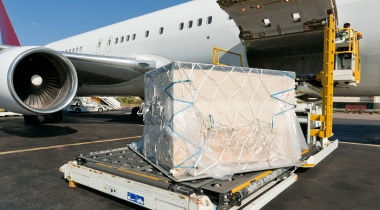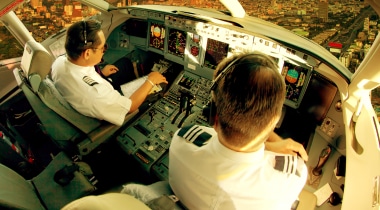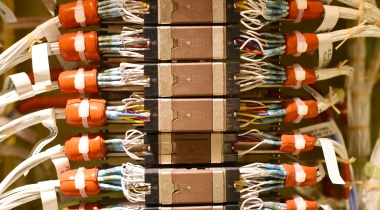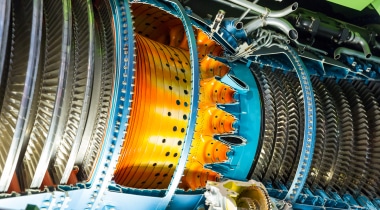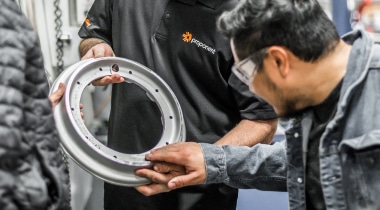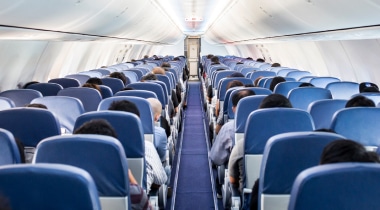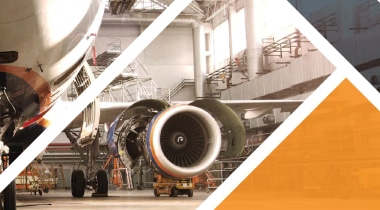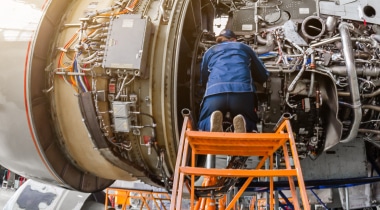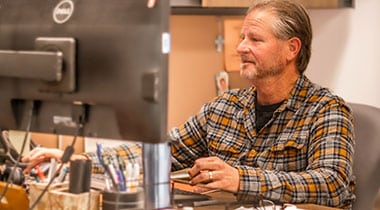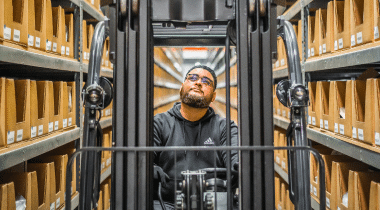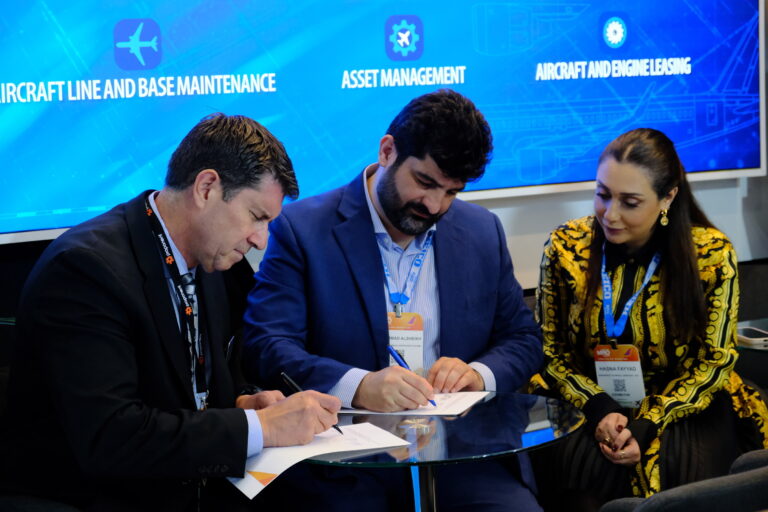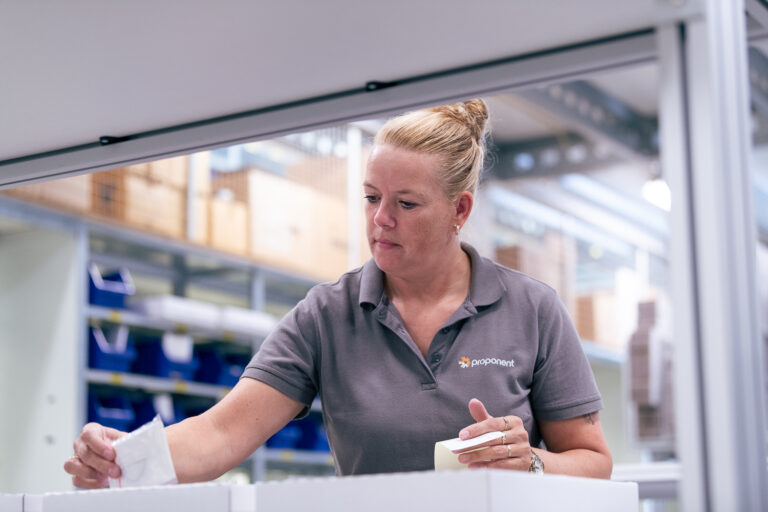The UN calls it a threat to human security. It is most likely responsible for the increase in extreme weather events like hurricanes and floods, droughts and wildfires. It is predicted to have a negative impact on crop yields, which then will lead to higher food prices and an increase in violent conflict across the world. Its long-term impact is slated to be severe, affecting most dramatically the poor and most marginalized members of our societies. The big “it” is human-derived climate change in the form of global warming, and it is the defining issue of our time.
NASA reports climate change is responsible for increased global temperatures, rising global sea levels, ocean acidification and warming, glacial retreat and shrinking ice sheets. The effects of these changes include significant and expensive impact on worldwide infrastructure, various threats to human health, and profound changes to the earth’s marine ecosystem, which could drastically impact, among other things, the seafood industry—a critical food source for billions of people.
Global warming scientists mostly agree that human-induced climate change occurs when we burn fossil fuels (and participate in other activities like deforestation, etc.) and release into the atmosphere gases, including water vapor, carbon dioxide, nitrous oxide and methane. These gases then act like a greenhouse and trap the heat radiating from the earth.
And while the EPA reports that the biggest source of all U.S. greenhouse gas emissions comes from the production of electricity (31%), according to the National Resources Defense Council, the aviation and shipping industries are responsible for “5% of global CO2 emissions, and by 2050 this is expected to rise to 10-32%.”
So what is the aviation industry doing to curb its contribution to this growing global crisis? The following is a sampling of the industry’s current efforts:
Lightweight/Less Fuel
The Airbus A350 XWB jetliner now in its testing phase is slated to deliver “25 percent lower fuel consumption compared to its current competitor,” according to the Airbus website. CNN reports that Delta has 25 of the aircraft on order with delivery scheduled to begin in 2017.
Electric Planes
Airbus is also currently testing its E-Fan 2.0, a battery-powered electric plane prototype that recently completed a flight across the English Channel. The E-Fan 4.0 hybrid electric is next on the assembly line, and has the potential to change the future of airplane design. According to a recent article in Flyingmag.com, “The idea is to be able to offer an airplane with similar performance to that of today’s gasoline piston offerings but which would burn 25 to 50 percent less fuel.”
Solar-Powered Flight
We wrote about the Solar Impulse and its global circumnavigation in our article about 2015 aerospace innovation, but it’s worth another mention here, because it is a cutting-edge innovation with the potential to change what has always been a cutting-edge industry. Alternative power like solar and developments in power storage are currently shaking up the status quo throughout the energy industry, so it makes sense they would find their way into aerospace as well.
Bio-Fuel
Honeywell Green Jet Fuel, a bio-fuel derived from the dedicated energy crop, camelina, is one example of the developments currently underway in the aerospace fuel sector. In their Aviation Today newsletter, Honeywell reports that during a 2011 transatlantic test flight, their Green Jet Fuel mixed 50/50 with petroleum-based jet fuel saved “5.5 metric tons of net carbon dioxide emissions compared to the same flight powered by petroleum-based fuel alone.”
Factory Efficiency
Efficient planes are an obvious part of curbing greenhouse gas emissions in the aviation industry, but increasing efficiency in airplane production is also a critical component. From factory energy management controls to efficiency lighting and HVAC optimization, airplane manufacturers are implementing operational best practices in order to reduce the industry’s carbon footprint.
For example, among other efforts, Boeing reports their manufacturing facility in Everett, Washington has undergone efficiency upgrades that have reduced its greenhouse gas emissions by 4.5 million pounds.
These are just a sampling of the many ways the aerospace industry is working to curb its greenhouse gas emissions. Clearly, there is much more work to be done, but this industry has always been on the forefront of technology and innovation, and it employs many of the smartest, forward-thinking inventors alive today. Climate change is a problem that affects everyone, and it’s in all of our best interest to solve it. If it can be done, we can do it.

